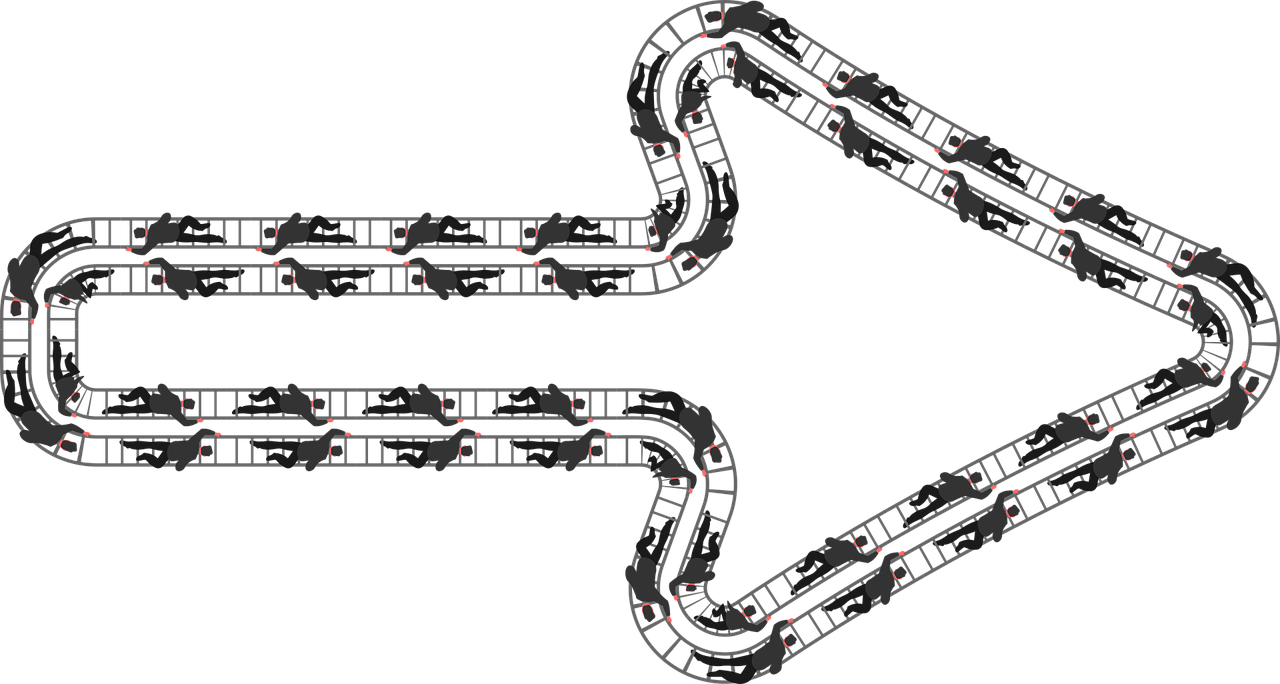Best practices for creating an xml sitemap
|
IN BRIEF
|
Creating an XML sitemap is an essential step in enhancing your website’s search engine visibility. It acts as a roadmap for search engines, guiding them to discover and index your site’s pages efficiently. Adhering to the best practices for XML sitemaps ensures that your content is easily accessible, accurately represented, and optimized for crawling. By following these guidelines, website owners can significantly improve their site’s SEO performance and enhance overall user experience.
Best Practices for Optimizing XML Sitemaps
Optimizing XML sitemaps is crucial for improving your website’s SEO and ensuring that search engines can efficiently crawl and index your pages. An XML sitemap acts as a roadmap for search engines, providing them with valuable information about your website’s structure and the content you wish to prioritize. It is essential to adhere to specific best practices to maximize the effectiveness of your sitemap.
For instance, ensure that your sitemap only contains URLs that you want to be indexed, excluding any pages that might be low-value or duplicate content. The recommended limit for a single sitemap is 50,000 URLs or 50MB uncompressed, which helps maintain optimal performance. If your website exceeds this limit, consider creating a sitemap index file that links to multiple sitemaps. It’s also important to regularly update your sitemap to reflect changes in your website content, which can be done dynamically through scripts. These practices not only facilitate better crawling and indexing but also enhance your site’s visibility in search results.

Optimizing XML Sitemaps for SEO Success
When it comes to enhancing a website’s search engine visibility, understanding how to create an effective XML sitemap is essential. An XML sitemap is designed to list all the important pages on a website, making it easier for search engines to discover and index these URLs. For instance, an XML sitemap can typically accommodate up to 50,000 URLs or have a maximum uncompressed file size of 50MB, ensuring that even large websites can be properly represented.
Moreover, it’s crucial to only include URLs that you actually want indexed. Pages that are under construction or duplicate content should be excluded. This specificity not only improves the efficiency of search engines crawling your site but also enhances the overall crawlability of your website. Utilizing tools like Yoast SEO can streamline the process of generating a sitemap, allowing website owners to automate their sitemap submissions without requiring technical expertise. Alternatively, for those who prefer direct control, a custom dynamic XML sitemap can be developed by a web developer to better match specific needs.

Optimizing XML Sitemaps for Enhanced SEO
Key Best Practices for Effective XML Sitemaps
Creating an effective XML sitemap can significantly improve your website’s search engine indexing and overall visibility. To get started, you have the option of using tools associated with platforms like WordPress, which facilitate seamless XML sitemap generation through plugins like Yoast SEO. Alternatively, if you prefer manual creation, following the XML sitemap code structure is essential. This section will delve into practical strategies that align with best practices for XML sitemaps.
For instance, understanding the size limits for sitemaps is critical. A single sitemap should not exceed 50MB (uncompressed) or contain more than 50,000 URLs. Websites with larger volumes may need to consider a sitemap index to manage multiple sitemaps efficiently. Additionally, ensure your sitemap solely references URLs that you want indexed. It is a common mistake to include pages that are not beneficial for indexing.
- Ensure your sitemap is easily accessible by placing it in the root directory of your website.
- Regularly update your sitemap to reflect new content and changes to existing pages.
- Incorporate image and video sitemap tags, using the <image:image> tag for better indexing of multimedia content.
- Use a dynamic sitemap instead of a static one to allow for efficient updates.
Implementing these practices is vital, as they help search engines accurately crawl and index your website, leading to improved search visibility and potentially better rankings.
Optimizing XML Sitemaps for Enhanced SEO
XML sitemaps play a critical role in ensuring optimal SEO performance for websites. They serve as a roadmap for search engines, listing accessible pages of a website to facilitate better crawling and indexing. Understanding how to create and optimize an XML sitemap is essential to drive more organic traffic.
Firstly, it is crucial to use a dynamic sitemap rather than a static one. A dynamic sitemap automatically updates as new content is added, ensuring that search engines always have access to the latest website information. Most website platforms, like WordPress with the Yoast SEO plugin, provide an easy way to automatically generate and manage sitemaps.
Moreover, adherence to sitemap best practices is vital. One common oversight is exceeding size limits; specifically, a single sitemap should contain no more than 50,000 URLs or be larger than 50 MB when uncompressed. For larger websites, you may utilize a sitemap index that links to multiple sitemaps, thereby enhancing usability and compliance with guidelines detailed on Google Developers.
It is also essential to ensure that your XML sitemap includes only the URLs that you want indexed. Be mindful of excluding low-value pages, such as those requiring login access or duplicate content. In this regard, tools such as SEO Sherpa can aid in optimizing the structure of your sitemap.
Additionally, incorporating image, video, or news sitemap tags can contribute to better visibility in search results. This practice enables search engines to gather relevant information about multimedia content found on your site, which can significantly improve its search rankings.
Finally, make sure to update your sitemap regularly and to reference its location in your robots.txt file. This facilitates better communication with search engine crawlers, enhancing their ability to discover and index your pages. To ensure that your sitemap adheres to optimal standards, take advantage of the many insightful resources available, such as those found on SEO Agency New York, to continually refine your strategies.

Creating an XML Sitemap is crucial for optimizing your website’s visibility in search engines. To ensure maximum effectiveness, it is essential to adhere to established best practices. One key practice is to maintain a sitemap size that does not exceed 50,000 URLs or 50MB when uncompressed. This ensures that search engines can easily crawl your site without encountering large files that may hinder indexing.
Additionally, verify that your sitemap only lists URLs that you wish to be indexed, avoiding any URLs that might dilute your site’s credibility. Utilizing a dynamic sitemap instead of a static one can greatly enhance the efficiency of your link management. Lastly, integrating sitemap tags for images, videos, or news content can help search engines understand the full scope of your site’s offering.
By implementing these strategies, you will effectively improve your site’s crawlability and subsequently its search engine ranking. As you refine your XML sitemap, consistently assess its performance to adapt it to any changes in your website’s structure or content strategy.














Post Comment